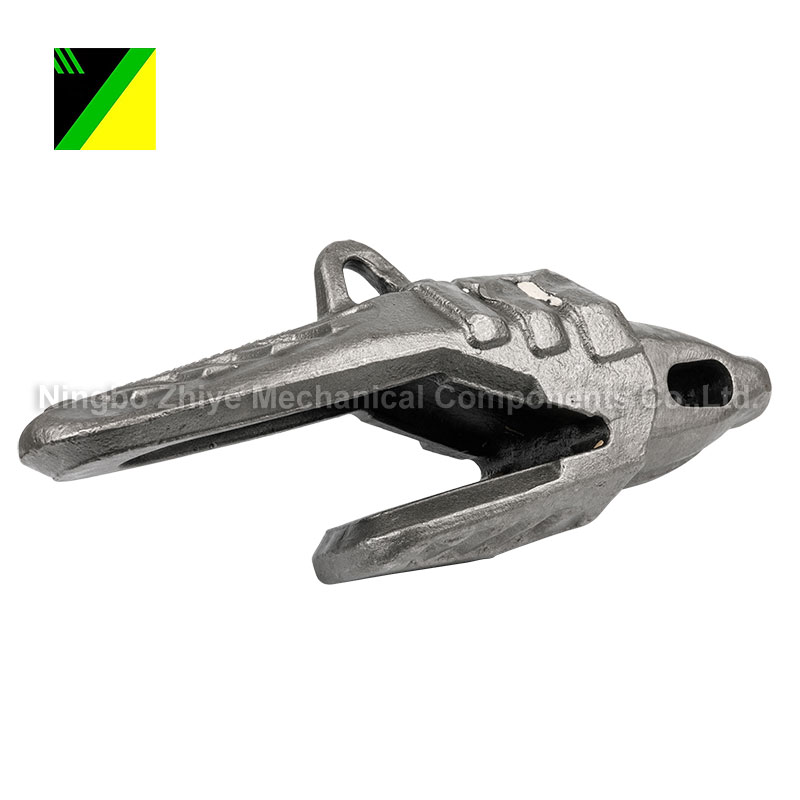What is the function of the coating on the lost foam casting?
2023-10-18
The lost foam casting process is very popular among manufacturers, and it saves a lot of machining costs in the production process. Lost foam casting has a variety of processing methods in China. Different lost-foam casting methods have different requirements for coating properties. The pouring system software and the casting itself have different requirements for material properties. Air permeability, to be precise, should be permeability. The permeability of the middle temperature zone has practical significance. In the selection of stone materials, the higher the refractoriness, the better. There are new requirements for safety, and the production and operation methods of coatings will have an impact on the working performance and process performance of coatings. The effect of the lost foam coating depends on supporting and protecting the foam sock model, preventing the shape memory alloy from penetrating into the sand and slag, digesting and absorbing the cracked substance, and allowing the cracked gas to pass through the coating. The nodular casting manufacturer maintains the foam model after cracking. The magnetic density of the established die is detailed, and the heat generated by the shape memory alloy is not easy to release quickly. Therefore, the use of lost foam coatings can reduce the surface roughness of castings, ensure the precision of castings, and reduce or avoid defects such as slag inclusions, sand holes, air holes, metal penetration, cold shuts, failure to pour, and carbon deposits. Therefore, the lost foam casting coating should have sufficient refractoriness, certain impact toughness, proper heat insulation and heat transfer performance, suitable air permeability and the ability to absorb liquid cracking substances, a smooth surface, and sufficient excellent brushing performance and does not produce chemical changes with the foam model. The performance of lost foam coatings includes many index values: compressive strength, air permeability, refractoriness, heat insulation, resistance to rapid cooling, acute heat, lubricity, compressibility, coating, dripping, floating, etc. The performance index values can be summarized into two categories: working performance and processing performance.



